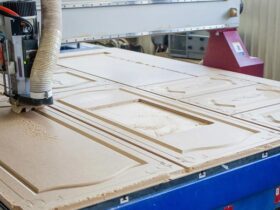The world trend in increasing the value of energy carriers makes homeowners think about the insulation of their housing. But to warm up a residential building is not so easy. Here we need an integrated approach. You can resort to the help of specialists who will discover all places of heat leakage, develop a project for insulation, select materials and carry out repairs. But not everyone can afford the services of such construction companies. Therefore, those who want to insulate their house yourself need to know about the main features of thermal insulation of a residential building.
It is better to insulate the walls of a residential building from the outside, t. e. make facade thermal insulation. In addition, such insulation will give a new look to the building. Internal insulation leads not only to a decrease in the useful area of the premises, but can also lead to the damping of the walls, due to the resulting moisture under thermal insulation. With external insulation, the problem of moisture condensation is solved by using modern vapor permeable materials. Installation of thermal insulation material must be carried out tightly to the wall in order to fill the entire volume and not leave the cracks in the places of adjoining.
About 20% of heat loss occurs through the roof. For insulation of the roof, non -combustible thermal insulation should be used, t. To. The attic premises have many fire hazardous materials. When selecting material, it is important to pay attention to the hygroscopic thermal insulation. He should not gain moisture, otherwise thermal insulation ability will significantly decrease. Properly performed insulation of the pitched roof will allow the attic space to turn into an attic.
Warming will allow you to not only save heat, but also perform sound insulation. Depending on the type of floor, the appropriate type of thermal insulation is selected. For example, for insulation of the floor between the lags you will need light plates made of stone wool. And for insulation of a cement screed it is better to use a tougher insulation.
Having completed a comprehensive thermal insulation of a residential building, you can save up to 40-50% of the energy used to heat the building. But this can only be achieved by correctly selected materials and a high -quality work.








